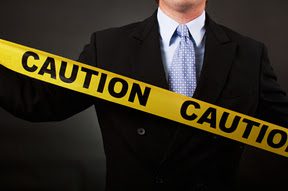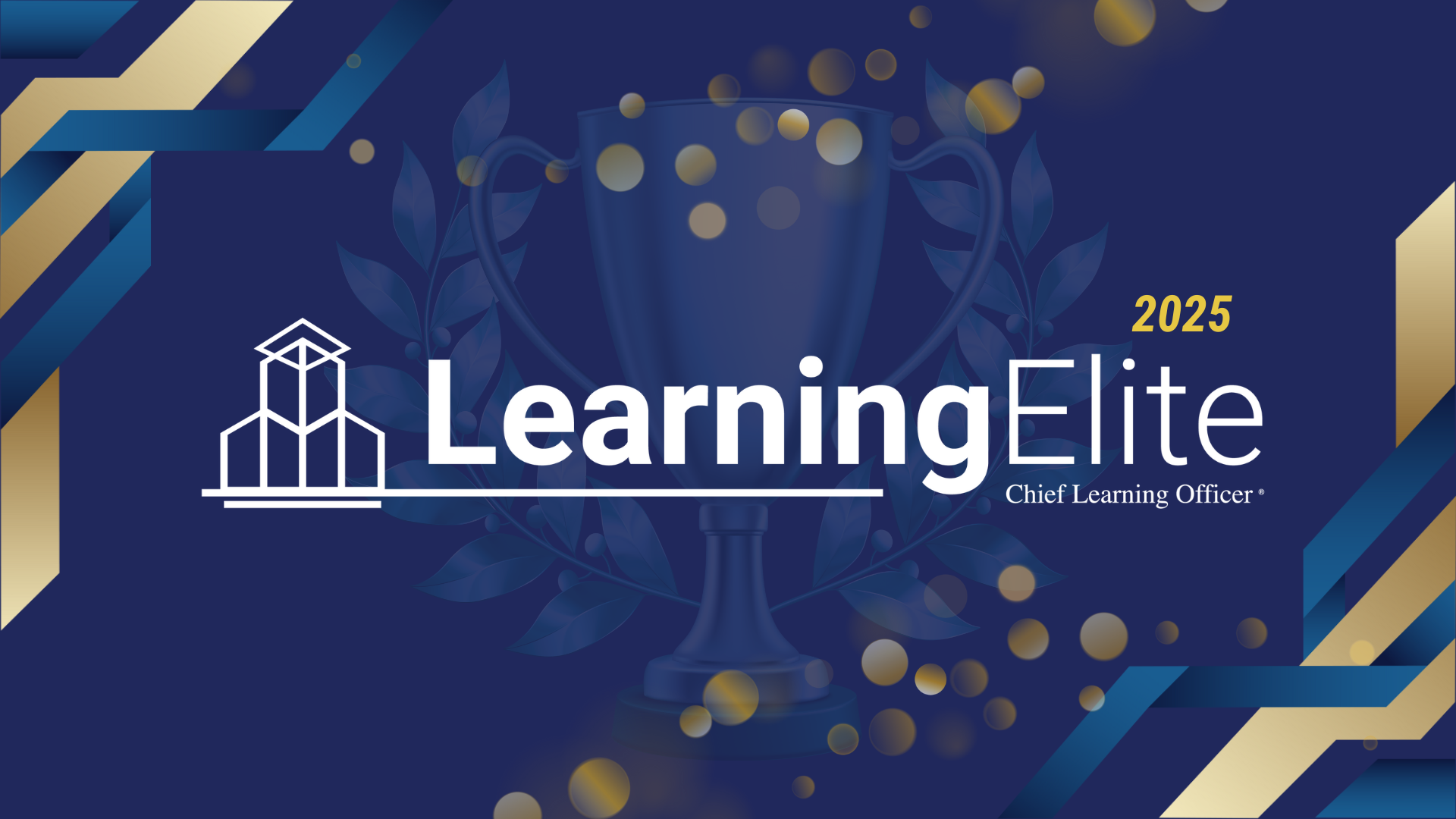Best practices have some value, but they’re not the tools your leaders need to chart a path forward in challenging times.
“A best practice can be useful, but it is not what creates the future,” said Paul David Walker, a business coach and author of Unleashing Genius: Leading Yourself, Teams and Corporations. “It is especially dangerous in a time of dramatic shifts in paradigms, which is what we’re going through now.”
At its heart, a best practice is an approximation of a solution for a problem in the past. Too often, leaders believe what led to that past success will lead to future wins. The financial crisis in 2008 ended that possibility, Walker said, opening up a business environment prone to rapid and dramatic changes. To keep up, a company needs leaders capable of decisive action rooted in present conditions, not the past.
“A company can only grow as fast as its leaders,” Walker said. “If leadership cannot grow, the company cannot grow. It’s not possible. That is why many CEOs today only last a couple of years.”
Getting Past the Past
Because something worked in the past, it is particularly hard for leaders to see an alternative. The reality is that conditions change too rapidly to rely on past best practice for exploring future opportunity.
“The velocity of change in the global environment is so fast that if you are using a best practice that comes from the past you can’t possibly be synchronized with the cause and effect of what the market wants and needs,” Walker said.
The answer is for leaders to learn to live in the present and use beliefs and assumptions based on past experience as a mechanism for decision making. “Genius comes from discovering what happens in the moment, not from what worked last week,” he said. “A genius holds that structure very lightly and uses it for a platform for discovery as opposed to a framework to guide their life.”
Walker described this ability to be present in the moment as “the stillness of a master,” and likens it to what athletes call the zone. Like a baseball batter facing a 95 mile-per-hour pitch, great leaders are able to slow down the moment to identify an emerging trend, whether it’s in the marketplace or in the company.
“You’ve got to be able to sit still, let go and look at what’s really happening in a conversation, in a board meeting or in your marketplace because … that’s where you will find the answer as opposed to looking at the past,” he said.
Learning to Live in the Zone
For some leaders, this ability to quiet the mind and find answers comes naturally. Others learn it through experience. Can CLOs help them develop it? Walker believes so.
“A good learning officer is working on teaching his or her leaders to let go of those beliefs and assumptions that are distorting their perception of reality,” he said.
Walker said there is a range of things CLOs can do to help leaders avoid falling into the trap laid by past success, starting with having a dialogue about the state of the business and their own role in it.
“It helps the mind let go of what it believes,” he said. “You have to have a cognitive discussion to help you let go of what you may believe is true. Having that kind of dialogue in the company often is important.”
That dialogue can be used to help leaders challenge beliefs and assumptions and realize the paradigms they created based on past experience are approximations of best practice in the present, not the actual best practice for that particular moment, Walker said.
“Part of that is to help people be comfortable with change, to encourage change [and] to encourage people to look at different ways of doing things,” he said.
Along with teaching leaders that their thoughts and beliefs formed in the past may or may not be appropriate to the present moment, CLOs can also help them, and the organization, develop a habit of reflection.
“If you just get involved in the rush of what you’ve done before and what people think is right, you’re not going to be a great leader,” Walker said. “You might survive but you’re not going to be a great leader.”
As they develop their company’s leaders, CLOs can look for people who show signs that they are willing to grow and constantly learn about themselves as leaders.
“How do they get there? Practice. Practice. Practice. There’s no substitute for practice. And the practice is being in the present and seeing what’s actually happening. You’ve got to practice that because our tendency is to be off in our heads, which draws us into the past or into our speculations. You’ve got to practice being in the zone, being in the present.”
Mike Prokopeak is editorial director of Chief Learning Officer magazine. He can be reached at mikep@CLOMedia.com.

















